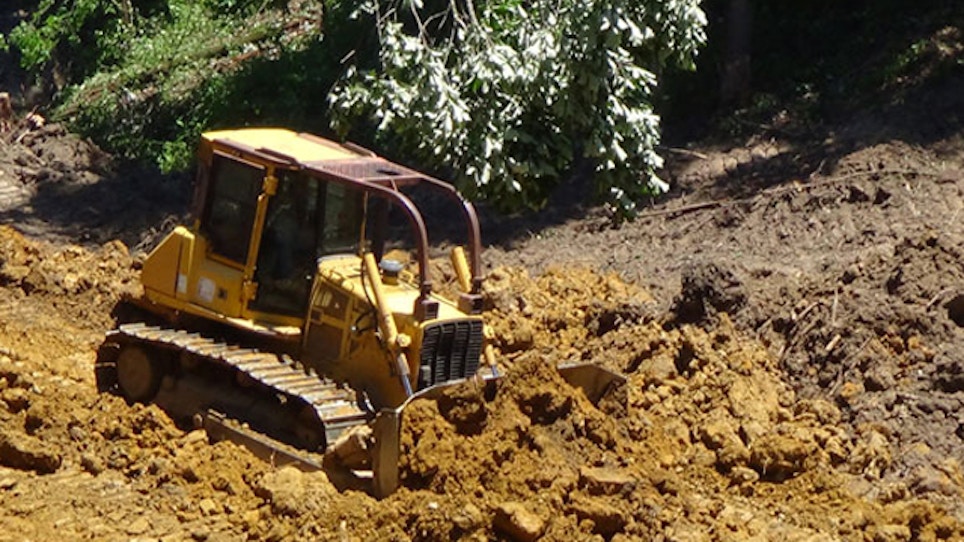Basic necessities for whitetails are food, water and shelter. When buying and developing a hunting property, creating more food and bedding sanctuaries for attracting and holding deer are relatively inexpensive in comparison to the property's purchase price. Planting kill and recruitment food plots is just a matter of procuring the use of a tractor and learning the basics of farming. Thickening up the woods for protected bedding requires a chainsaw and requesting the advice of a USDA forester.
Creating more and better water sources is without a doubt the most overlooked aspect of enhancing a property for whitetails. It's possible in one day's time for a good dozer operator to construct multiple small holding ponds on a property. I've personally watched four 2,500-square-feet impoundments built in eight hours for the total cost of $1,250. The key to proper construction is in knowing the total watershed feeding a potential containment pond. (A USDA soil conservation engineer can provide a free calculation.) Without an ample overflow system (pipe and emergency exit), torrential rain will wipe out a wet dam. An overflow pipe should always be enveloped with a debris guard.
A narrow timber valley, where water pockets dry up by summer, is an excellent location to install a woodland pond. Dirt to deepen the waterhole can be used to build the dam. It's advantageous to install an overflow pipe and emergency exit on opposite sides of the dam. This will prevent direct midstream current from eroding dirt around the ductwork or overspill.
The question becomes, will building ponds create more spawning areas for biting insects? All biting insects run in cycles that are either boosted or abated by annual weather patterns. Multiple watering holes on a hunting tract distribute an area's whitetails and reduce the chance of a catastrophic die-off caused by deer congregating on one water source. If given choices, deer will avoid watering where inordinate masses of biting insect swarm.






